Camera of the Year 2022 Roundtable: A post-awards discussion on the best gear of the year!
posted Tuesday, January 31, 2023 at 6:30 PM EDT

After the dust settles from our annual Camera of the Year awards, we like to have a little discussion between the editors of our fellow Madavor photo publications and talk shop -- chatting about gear, our favorites, the state of the photo industry, etc. We're back again this year for a similar roundtable article, but the format is a little bit different this time. Rather than more of a back and forth discussion, we structured this article with a base question or theme -- essentially asking "what was your favorite piece of gear in 2022?"
Joining in on the disccusion this year, we have Dan Havik, who returns but in a different role as Editor-in-Chief of Outdoor Photographer. We're also joined by Jeanette Moses, who's taking over the reins as Editor of Digital Photo Pro. Finally, rounding out the discussion are the two mainstays of Imaging Resource: Reviews Editor, Jeremy Gray and Managing Editor, William Brawley.
The answers to what our favorite gear of the past year was is, pleasingingy, quite varied. We all didn't just pick our IR Camera of the Year top choice of the Nikon Z9, and some of us had a hard time picking a similar favorite.
But without further ado, read on below to see what we each thought about some of the amazing camera gear that arrived on the scene last year:
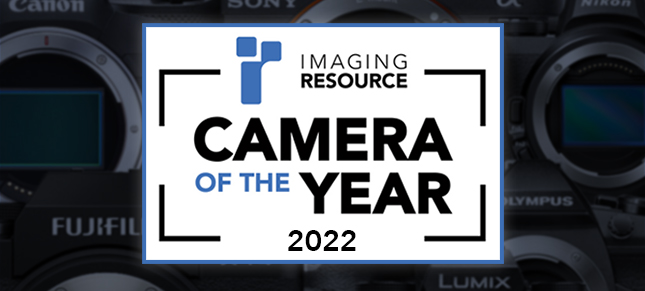
Jeremy Gray, Reviews Editor - Imaging Resource - While the Nikon Z9 technically launched in 2021, it came out near the end of the year and missed our cutoff for the Camera of the Year Awards. It’s a bit of a shame the Z9 arrived too late because it would’ve given the Sony A1, our Best Overall pick last year, a run for its money. We were robbed of what would’ve been a real heavyweight matchup.
Even though the Z9 avoided the incredible Sony A1 in this year’s awards, it wasn’t without tough competition, going up against the OM System OM-1, Canon EOS R3, Fujifilm X-H2S, Fujifilm X-H2 and Sony A7R V. We went back and forth on the “Best Overall Camera of the Year” award internally for a while, although I think it’s fair to say that the Z9 was the front-runner as soon as we got our hands on it last January.
There’s a noticeable theme among this year’s best professional cameras, and last year’s A1, stacked image sensors. The Z9, OM-1, R3 and X-H2S all feature stacked image sensors, ranging in resolution from 20 megapixels (OM-1) to 45.7MP (Nikon Z9). There’s also a wide array of sensor sizes among 2022’s best cameras, with the OM-1 sporting a Micro Four Thirds sensor and the R3 and Z9 sporting full-frame stacked CMOS chips. Ultimately, while the Z9, and any camera, is much more than just its image sensor, the stacked chip featured in the Z9 drives many of the camera’s most interesting and impressive features.

One of the most important performance gains realized by a stacked image sensor is its readout speed. By integrating the image signal processing hardware and fast memory into the silicon of the sensor itself, a camera like the Z9 can process and deliver information faster than ever. This has huge benefits for performance, allowing the Z9 to shoot full-resolution 45.7MP raw images at 20 frames per second with full autofocus and auto exposure calculations. It can even shoot full-size JPEG files at 30fps, or 8K JPEG images at 120fps. That’s significantly faster than the Z7 II, which also features a 45.7MP sensor, but it’s a standard backside-illuminated CMOS, not a stacked CMOS. The Z7 II tops out at 10 fps.
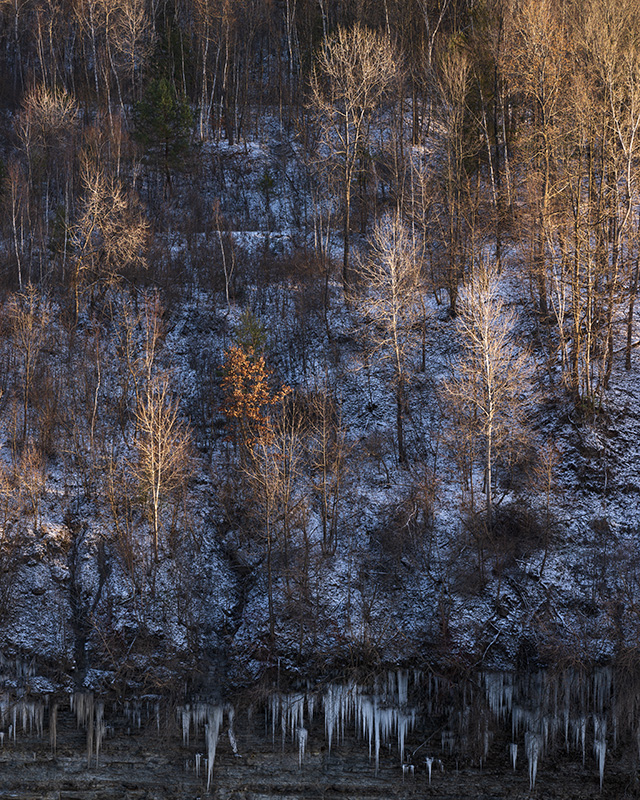
Perhaps the most interesting consequence of the Z9’s stacked sensor isn’t its blazing-fast shooting speeds, but its Real-Live Viewfinder. The viewfinder’s resolution (3.69M dots) may not jump out at you, and is easily eclipsed by some other cameras on the market, but it is bright (3,000 nits) and delivers a true blackout-free shooting experience, without any caveats about resolution or shooting mode. The Z9 uses Dual-Stream Technology to send live data simulatenously to the EVF (or LCD) and memory card. The result is the most DSLR-like viewfinder I’ve used on a mirrorless camera. The image is so natural and smooth that it’s really difficult to go back to using any other EVF. The EVF makes it easier than ever to track and frame subjects, even fast-moving ones. While this technology comes with the tradeoff that the Z9 cannot include a mechanical shutter, the electronic shutter is so good that it doesn’t matter.
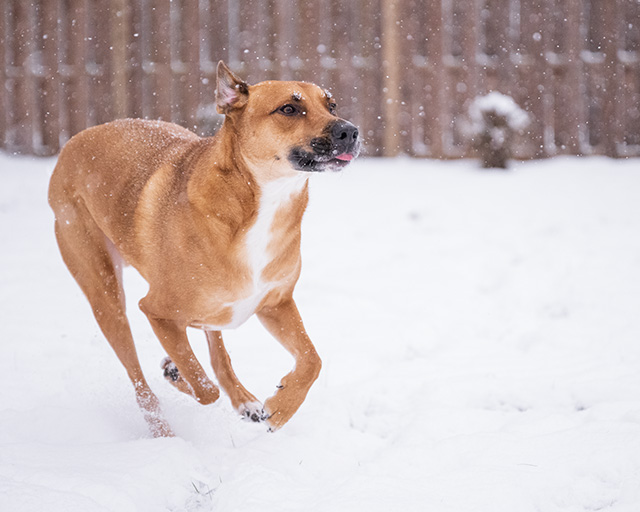
So far I’ve been talking primarily about the Z9’s technical specs. They’re an important part of why the Z9 is my favorite camera of 2022. I’m fortunate enough to use many cameras here at Imaging Resource, and most of them have impressive features and deliver excellent image quality. However, very rarely is a camera as enjoyable to use as the Nikon Z9.
Being able to capture high-resolution, sharp landscape photos one second, and fire off a massive burst of photos of a fast-moving wildlife subject the next is something very few cameras can do as well as the Z9. And even fewer of them offer that level of performance alongside the most ergonomic, comfortable mirrorless camera body I’ve used. The Z9 takes the best of Nikon’s professional DSLR cameras – a comfortable dual-gripped design, fantastic autofocus performance, a natural-looking viewfinder and swift shooting speeds – and combines it with the best aspects of mirrorless cameras, including excellent phase-detect autofocus area coverage and AI-based subject detection.
I can’t say enough good things about the Nikon Z9. It’s my favorite camera of 2022, and the best camera Nikon has ever made.
William Brawley, Managing Editor - Imaging Resource - Wow, trying to pick your favorite camera or lens from this past year is a difficult one! So many excellent products came out in 2022, from nearly every manufacturer, and picking cameras and lenses for our awards is always a tricky decision. But then picking a singular favorite piece of gear is even more challenging!
As Jeremy mentioned above, 2022 (and 2021 a bit as well) seemed like "the year of stacked sensors," as we saw several manufacturers come out with new cameras featuring stacked sensors -- and cameras that spanned pretty all the major sensor sizes. We saw OM System with the first stacked Micro Four Thirds sensor in the OM-1, and Fujifilm with the first stacked APS-C X-Trans sensor in the X-H2S. Then, of course, we have the full-frame Canon R3 and Nikon Z9 cameras, both featuring stacked sensors.
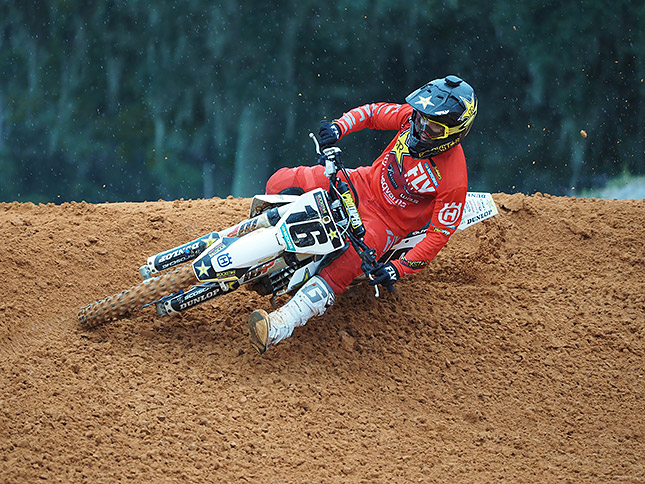
We also witnessed a big expansion of AI- or Deep Learning-based subject detection modes, not only in terms of improved sophistication but also just in the sheer number of cameras that include this newer type of focusing technology. We first saw this type of technology debut in the flagship Olympus E-M1X back in 2018, but it then spread to other, albeit still higher-end, cameras, such as the Sony A9, Sony A1, Nikon Z9 and Canon R3. However, as 2022 progressed, we also saw these sophisticated subject-detection modes make their way into more and more affordable cameras, such as the Canon R10 (our winner for Best Camera for Beginners of 2022) and the enthusiast-grade Fujifilm X-T5 (also an award-winner as Best Camera for Enthusiasts). It's amazing. Even with a camera around $1000, such as the Canon R10, you have a camera with Animal Eye-detection AF, making it a great budget-focused wildlife camera!

However, while I am thoroughly impressed by all of these stacked-sensor cameras and the amazing performance capabilities that the faster readout speed enables, I think when I look back at the cameras I really enjoyed shooting the most last year, it comes down to two options: the OM System OM-1 and the Fujifilm X-H2. For *just* wildlife and bird photography, I would have to go with the OM-1, due to the portability and the oh-so-sweet 300mm F4 PRO lens -- by far my favorite lens for birding and wildlife that's both amazingly sharp but also incredibly lightweight (relatively speaking, of course).
I've long been a huge fan of Micro Four Thirds and the OM-D line -- now OM System -- and the latest OM-1 is by far the best one yet. The stacked sensor, of course, allows the OM-1 to have some insanely fast performance, but the camera also has better image quality and higher ISO performance -- which is a much-welcomed improvement -- and the autofocus is just rock-solid. The camera has an array of deep learning-based subject-detection modes which work great, but beyond that, the fact that all the phase-detection points are cross-type help set this camera apart from the rest. As far as we can tell, OM System is the only company that has this tech in their on-sensor phase-detect systems, and I've found that the AF in the OM-1 is just incredibly reliable and fast no matter how the camera is oriented.
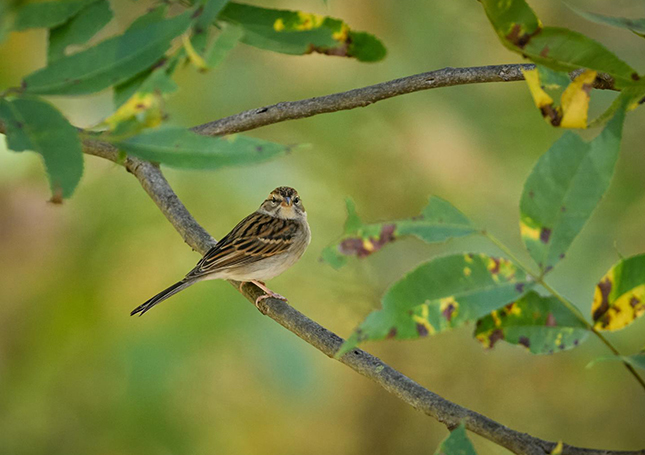
Other than the OM-1, the Fuji X-H2 was my favorite camera *to use* in a physical sense. The design of the camera is fantastic, and it just feels great in my hands and is a pleasure to carry around and use. The change to a more modern control layout compared to other Fujifilm X Series cameras was, in my opinion, quite nice and I never had to fiddle or think too much about *how the camera worked.* It was familiar and nice. Beyond that, the new 40MP X-Trans sensor is outstanding. The camera captures some wonderfully detailed images, and even though it's not the fastest camera around, I found that it held up nicely to some fast action subjects too. It was surprisingly versatile. And then, you factor in the price. The fact that this flagship, high-res camera is only $2000 is quite impressive. This top-of-the-line camera with an amazing sensor, great autofocus (including all those nice AI-based subject-detection features), high-res video, and a weather-sealed construction all for what feels like an "enthusiast camera" price point, it's a really amazing value. It a lot of camera for the money!
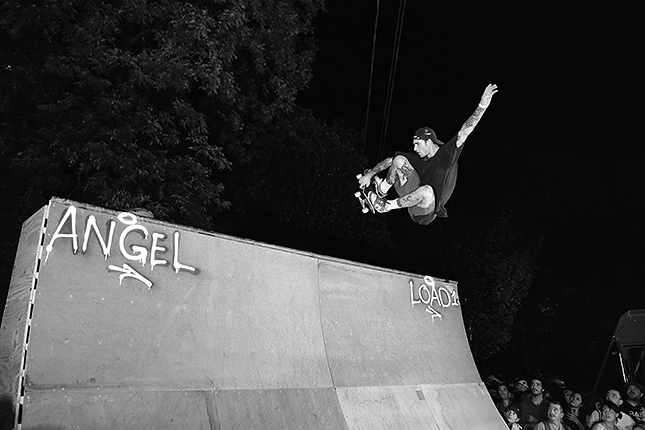
Jeanette D. Moses, Editor - Digital Photo Pro - A lot of awesome cameras were released last year, but I think the Fujifilm X-T5 is my personal favorite piece of gear. Although the camera is primarily aimed at advanced amateurs, it has plenty of features that will make it appealing to the professional photographer too.
Although the X-T5 maintains the same high-capacity battery and 15fps shooting capabilities of the X-T4, a few substantial changes to the camera made this my top pick. The X-T5 has a large 40.2MP sensor -- the same one found in the X-H2 flagship camera -- 7-stops of IBIS and subject detection AF. It also features an improved 3.69-million-dot EVF that offers 0.8x magnification.
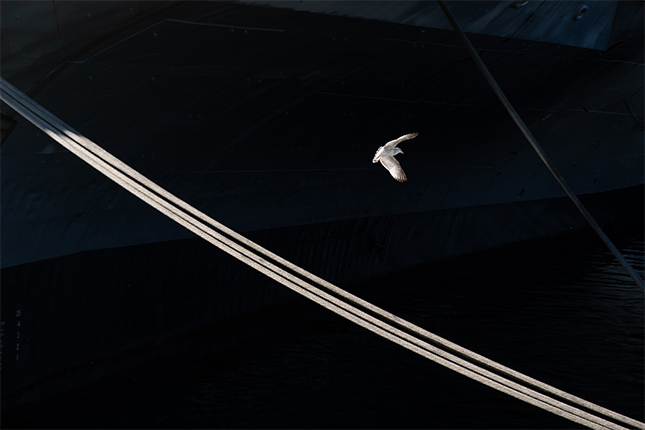
It does all this and still manages to be more compact than the three previous versions of the X-T camera. The X-T5 has a simplified design when compared to the X-T4, a better grip and larger buttons on the back of the camera that make shooting with it incredibly intuitive. The camera maintains the tactile controls that are reminiscent of old film cameras -- that make Fujifilm’s gear so appealing to many photographers.
The introduction of subject detection AF is one of the best features on the camera. During my time shooting with it I found it to be incredibly good at detecting subjects and locking focus. It performed well with people, moving objects and even birds in flight. It also includes face and eye-detect autofocus. The combination of these things make it a very versatile APS-C camera: an excellent option for portrait photographers, street photographers, wildlife photographers or working pros who are looking for something less bulky than their work gear.
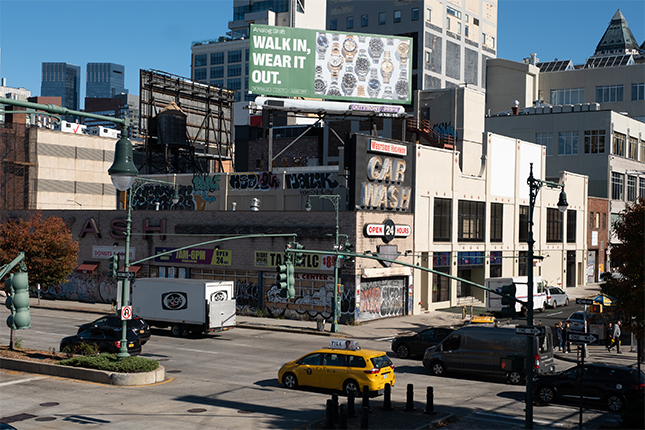
Ultimately the X-T5 is the kind of camera that is extremely fun to make pictures with. When you pair its fun-factor with the substantial improvements to AF, that massive sensor, improved EVF and a more compact size than its predecessor, it’s easy to see why this is my favorite camera from last year. The X-T5 is the kind of camera that makes you want to make pictures. That’s why it gets my vote for best camera of the year.
Dan Havlik, Editor-in-Chief - Outdoor Photographer - The Canon EOS R6 II was my favorite camera from 2022 but I didn't feel that way at first. In fact, during a press trip to test drive this full-frame mirrorless model in San Diego last October, a fellow photography editor asked me if the R6 II was a camera I would consider buying and I responded, somewhat smugly, "Probably not." What was I thinking? Well, I'll tell you what I was thinking. After spending a few days photographing a variety of sports including BMX racing and aerial stunts, track and field, rowing, diving, tennis, surfing, and mountain biking, I couldn't think of one thing the R6 II did really well. The fact was though it did everything quite well, living up to its billing as a “Swiss Army knife-style camera.”
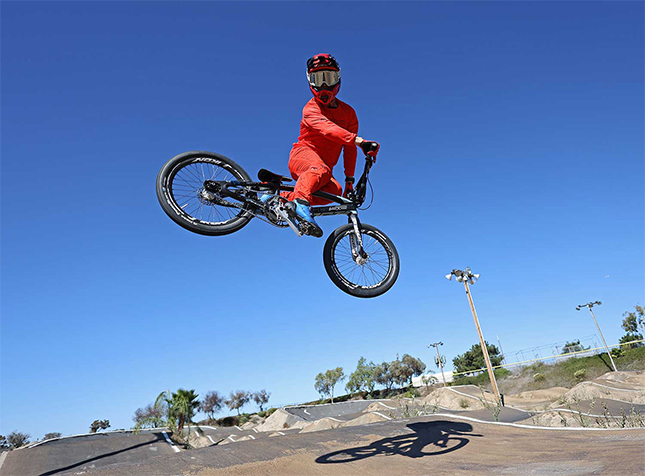
No, it wasn't as good a sports camera as the premium Canon EOS R3, which the R6 II borrows a lot of features from including the fast and accurate Dual Pixel CMOS AF II autofocus system…but it was pretty close! And no, the 24.2MP, full-frame R6 II doesn't have the resolving power of the Sony A7R V or the speed of the Nikon Z9 or the durability of the OM System OM-1, but it has some of all of those things. The Canon R6 II also has enough serious video features including 6K RAW external video recording or 4K 60p internal the full width of the sensor that it should appeal to hybrid-shooting content creators as well.
So, while you could call the Canon EOS R6 II a "jack of all trades, master of none," that's not a putdown. It just means this camera is incredibly versatile and because it retails for around $2500, it should appeal to a wider range of photographers than the more expensive R3, Z9, and A7R V. Other things I like about the R6 II include new subject autofocus (AF) detection and tracking modes including for aircraft, trains, and horses. There's also Eye Detect AF and a 12 frames per second (fps), mechanical shutter burst mode; along with a 40 fps electronic shutter burst mode. The R6 II adds a pre-shooting feature for burst mode where the camera will constantly pre-shoot images at a half-second buffer when half-pressing shutter button.
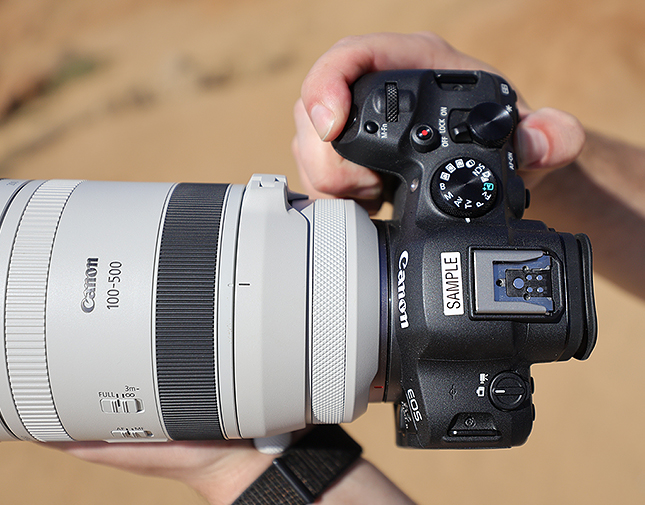
In addition to the new features, the R6 II picks up many solid tools from its predecessor, the R6, such as in-body image stabilization with up to 8 stops of shake correction, the fast and powerful DIGIC X image processor, dual SD card slots, a 3-inch vari-angle rear LCD screen, and a crisp OLED viewfinder. Canon has really packed a lot of goodies into a relatively small yet surprisingly tough camera. So, if you're thinking of finally moving off of your DSLR to a full frame mirrorless camera, the R6 II would be the one I recommend. This crowd-pleaser offers a little bit of everything to most photographers.
• • •